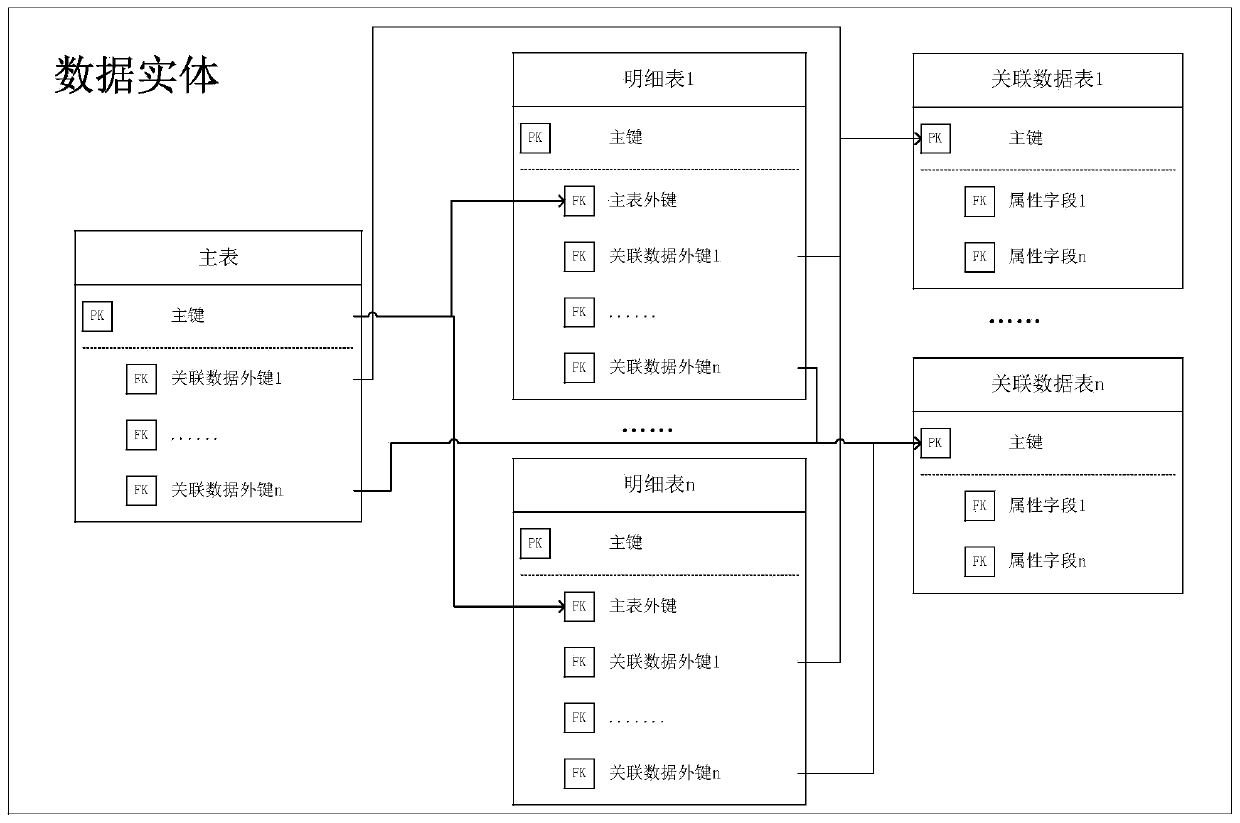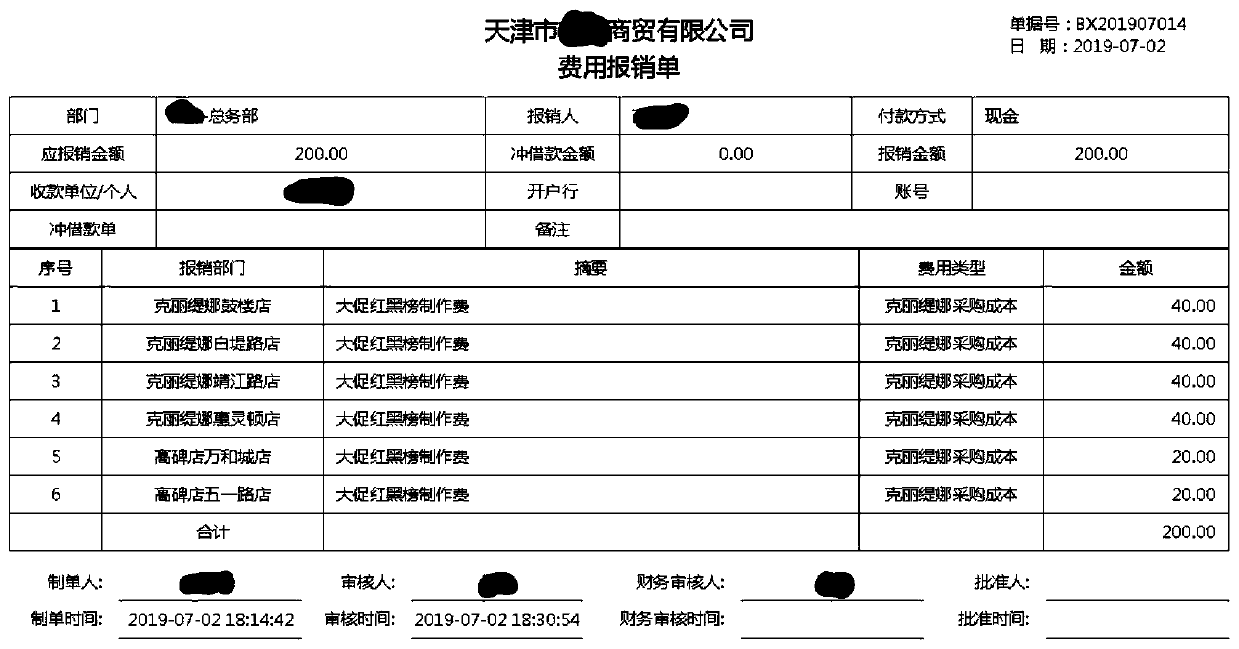Information system data architecture model and construction method thereof
A data model and architecture model technology, applied in database models, relational databases, structured data retrieval, etc., can solve the problems of increasing difficulty, low development efficiency, long cycle, etc., and achieve the effect of simple and convenient construction and easy operation.
- Summary
- Abstract
- Description
- Claims
- Application Information
AI Technical Summary
Problems solved by technology
Method used
Image
Examples
Embodiment 1
[0071] The present invention provides an information system data architecture model, such as figure 1 As shown, firstly, the system a1 to be designed is decomposed into several businesses, and each business is designed into a business data model a2, and the data entity a3 is defined through the business data model a2, and then the business function data model b1 is constructed from the perspective of business operation, through The business function data model b1 defines the operation of the data entity a3, and finally constrains one or more defined business function data models b1 through the business process b2.
[0072] When the business data model a2 of the service to be designed can be directly described by the data entity a3, the business data model a2 of the service to be designed is designed to be composed of one or more data entities a3.
[0073] The present invention regards the data entity as the smallest data entity unit in the data architecture model of the inform...
Embodiment 2
[0097] The present invention also provides a method for constructing the data architecture model of the information system in the above-mentioned embodiment 1, such as Figure 12 shown, including the following steps:
[0098] Step S1, decomposing the system to be designed into several businesses, and designing each business into a business data model;
[0099] Step S2, decomposing the business data model into one or more data entities;
[0100] When the business data model of the business to be designed can be directly described by data entities, design the business data model of the business to be designed to be composed of one or more data entities;
[0101] Among them, the data entity consists of a main table, several detailed tables and several associated data tables; each detailed table is connected with the primary key of the main table through the foreign key of the main table, and the primary key of each associated data table is connected with the main table The prim...
Embodiment 3
[0114] The present invention also provides a method for reconstructing a third-party isomorphic or heterogeneous system by applying the construction method of Embodiment 2, which is used to develop and expand the original functions of the system, and can completely replace the third-party homogeneous system if necessary. The original functions of the heterogeneous or heterogeneous system can also be expanded on the basis of the original third-party homogeneous or heterogeneous system or merged with other systems.
[0115] Combined with the software function interface of the third-party homogeneous or heterogeneous system, through the analysis of the database structure of the third-party homogeneous or heterogeneous system, use reverse engineering to build a business data model and find data entities. The process of decoupling the data structure and software code of a heterogeneous or heterogeneous system, and then improving and optimizing the business data model according to th...
PUM
 Login to View More
Login to View More Abstract
Description
Claims
Application Information
 Login to View More
Login to View More - R&D
- Intellectual Property
- Life Sciences
- Materials
- Tech Scout
- Unparalleled Data Quality
- Higher Quality Content
- 60% Fewer Hallucinations
Browse by: Latest US Patents, China's latest patents, Technical Efficacy Thesaurus, Application Domain, Technology Topic, Popular Technical Reports.
© 2025 PatSnap. All rights reserved.Legal|Privacy policy|Modern Slavery Act Transparency Statement|Sitemap|About US| Contact US: help@patsnap.com



